MARKET REPORT OCTOBER 2019
The following report contains updates on the current trends in production and availability of the most in-demand Essential Oils, Carrier Oils, and Raw Materials sourced from around the globe.
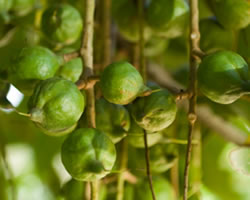
Macadamia nuts are harvested from February to April. There are no issues with the current growing conditions. This year's harvest yield is projected to be the same as that of the previous year. Demand for this product is high and market conditions are stable.
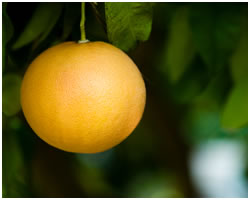
The grapefruit harvest season depends on the region; however, being available in both the Northern and Southern Hemispheres, newly processed Grapefruit Oil is available any time of the year with the exception of times when weather and other threats to ideal growing conditions make it difficult to produce. Grapefruit growing conditions are also dependent on the growing region. While Florida remains the largest global supplier of Grapefruit juice and oils, it continues to suffer from Citrus Greening Disease. Though it was previously a 42M box crop (pre2004), it is now a total of 5M boxes, of which less than 1M is White Oil. Other growing regions, which include Mexico, South Africa, and Israel, appear to be progressing better, as they have either not been afflicted with greening or have been successful in managing any outbreaks in their orchards. Furthermore, hurricanes in Florida's Indian River area during the 2004-2005 season devastated the crops, which have not recovered since.
There is a greater availability of Pink Grapefruit, as there is higher demand for Grapefruit Juice and the global availability of Grapefruit is 4:1 Pink to White. The demand for Grapefruit Oil is steady, and there is decent availability of oils with low levels of Nootkatone; however, oil with high Nootkatone levels of 0.2% or more with acceptable pesticide levels still demands a high premium over the lower Nootkatone qualities. The 2020 situation is projected to be stable.
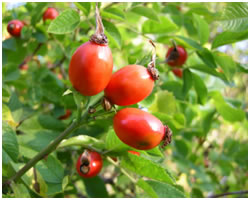
In Chile, Rosehips grow wild and are harvested by hand around March to May. The fruit is then dried and the shell is separated from the seed. The seed is used for the production of Rosehip Oil while the shell is distributed to tea and food supplement industries. Although the next season's harvest conditions appear to be favourable in terms of climate, at this stage, it is not possible to estimate the harvest yield, which will become clearer when the season starts. Demand for Organic Rosehip Oil continues to grow greater than that for conventional varieties. Market conditions will also become more apparent in the next season. Prices are expected to rise, an estimate based on the current higher costs of the fruit and the resultant increased costs of the seed and thus of the oil.
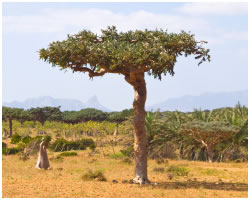
Frankincense Oil – Serrata
Boswellia serrata trees take ten years to reach maturation, at which time they exude gum. In India, these trees begin to expel their gum near the end of November, and this continues until March or April. The gum is collected from reserved forests, and the process is overseen by the Forest Department and the MP Biodiversity Board – organizations that ensure the implementation of and adherence to sustainable practices. There has been adequate rainfall this year, thus a normal gum harvest can be expected. The nutraceutical industry's high demand for Boswellia gum has caused supply shortages and has led stockists to adulterate the gum and compromise the pure quality. Prices of Boswellia gum are expected to increase as a result of the Bio-Diversity Board increasing its tax on this product and taking strict action against illegal collection.
Frankincense Oil – Carterii
In the UAE, Frankincense is distilled year-round. The availability of Frankincense has remained stable year after year. Although the demand for Frankincense has grown in recent years, new pullback from large users may lead to a decrease and a subsequent return to normal demand levels. Market pricing for Frankincense has remained stable without any expectations of an extreme fluctuation in the foreseeable future.
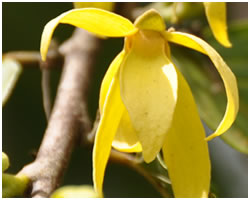
In Madagascar, Ylang Ylang flowers are harvested from March to May and from September to November. Demand for Ylang Ylang is stable as it remains among the most popular and sought-after products in the global market. In terms of market conditions, in both domestic and worldwide businesses, there is strong competition.
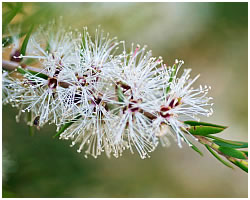
In Australia, Tea Tree leaves are harvested from December to May, which is the Winter season. The Tea Tree, which grows in dry areas but still needs some level of humidity, experienced dry growing conditions this year, which also caused a drought. This year's harvest is ~40% lower than that of last year at ~600-700MT. The demand for Tea Tree is approximately 1,000MT. Due to the drought and the subsequent reduction in supply, there is an upward trend in market pricing for Tea Tree Oil. This trend is expected to continue until the next harvest in 2020.

In Indonesia, Vetiver is harvested year-round, although the roots can be harvested in 5-6-month intervals. This year's harvest is in line with past upward trends; Indonesia produces 30-35 MT per annum. The demand is currently stable and moving upward. As a result of market pressures to improve the quality of this oil, the distillation and cultivation practices have improved, and Indonesian Vetiver Oil's aroma profile has thus also improved. Market conditions are stable and moving slightly upwards. For the past 6-8 months, prices have been at their lowest; however, they are now steadily rising on a monthly basis.
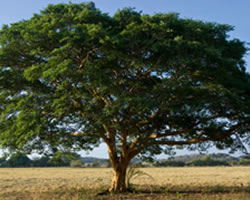
In Brazil, Copaiba Balsam is available year-round. The current growing conditions are favorable for this tree of the Atlantic, Amazon, Caatinga, and Cerrado forests. Copaiba Balsam yields reach 100 to 4000 kgs and sometimes more. Each tree produces 10 to 25 liters, depending on its size. There has been significant growth in demand for Copaiba Oil – a new reality to which suppliers, who are small and informal farmers, have not become accustomed. On the other hand, large companies in Brazil are closing deals with the small and medium cooperatives that supply this product, causing difficulty for this product. The market has been favorable for Copaiba Oil; however, suppliers' ability to provide larger quantities has been affecting the market.

In the South of Spain, Sunflower seeds are harvested from July to August and, in the North, they are harvested from September to November. In the South of Spain, the optimal growing conditions consist of rain in the Winter and Spring and a hot, dry Summer season. In the North of Spain, the optimal growing conditions consist of rain in the Spring and a long summer season with hot, sunny days until October. This year, poor rains have created unfortunate growing conditions, and this year's harvest yield is projected to be lower than the last year. The demand and the prices for this product are stable. Further, the prices have been high. Despite the unfavorable weather, Sunflower Oil has been stable with the usual curve of prices during the year.




